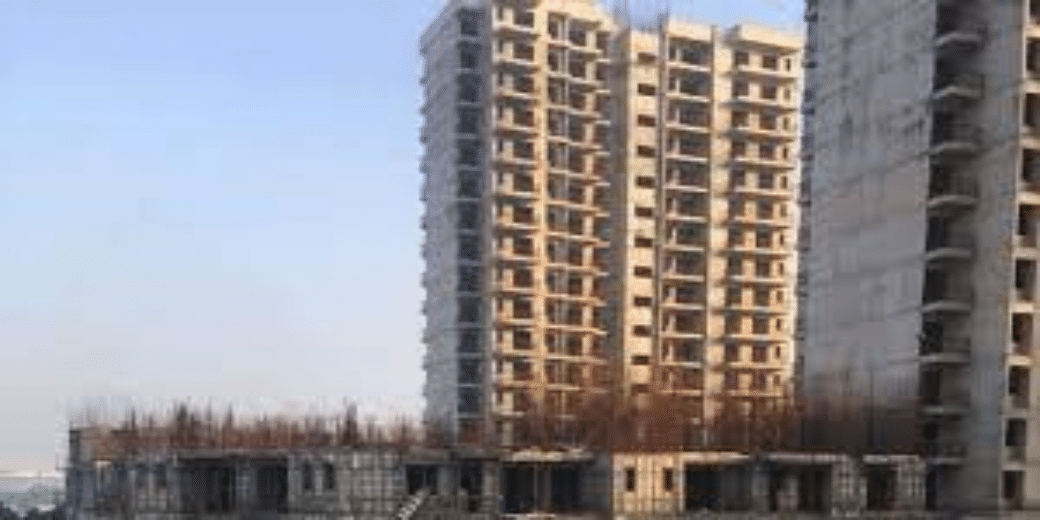Changing Trends in Real Estate Investment: Choosing Between Apartments and Plots
Traditionally, plots have been associated with the advantages of building homes as per onews needs but things are now changing with flats getting preference

Real estate investment has always been a topic of significant deliberation among investors, particularly when it comes to deciding between investing in residential properties like apartments or floors versus purchasing plots to develop dream homes. This dilemma has gained prominence in recent years, reflecting the evolving preferences and trends in the real estate market.
Shifting Preferences
Traditionally, investing in plots has been associated with the advantage of full ownership rights over the land and the freedom to construct personalized structures. However, the past two decades have witnessed a noticeable shift in preferences, especially in metropolitan cities and tier-II and tier-III cities, where the culture of flats and condominiums has surged. Despite this trend, there’s a growing demographic that favors investing in villas or plots for various reasons.
Profit Potential
One of the fundamental principles of economics, “high risk, high gain,” is particularly relevant in the real estate sector. Plots tend to command higher prices compared to flats in the current market scenario, offering the potential for significant profits. While investing in plots requires a larger capital outlay upfront, the prospect of future returns is also considerably higher. On the other hand, apartments may offer relatively lower returns in the short term but can be a stable investment option for those seeking steady rental income.
Demand Dynamics
In cities like Gurugram, Noida, and Ghaziabad, there’s been a notable increase in demand for plots and projects offering such options. This demand surge can be attributed to the scarcity of such projects in these cities and the growing preference for investing in plots, particularly in tourist and religious destinations, where land appreciation potential is high.
Risk Management
Investing in plots comes with the advantage of lower risk compared to apartments. Plot buyers aren’t reliant on developers for project delivery, as developers are only responsible for providing infrastructure for the plot. This gives plot owners the flexibility to develop the land according to their preferences, thereby mitigating project execution risks. Additionally, land is an appreciating asset, offering long-term value appreciation and the freedom to make changes to the property as desired.
Conclusion
In conclusion, the choice between investing in apartments and plots ultimately depends on various factors, including individual preferences, risk tolerance, and investment objectives. Conducting thorough due diligence, including research on the developer’s track record and assessing the future development potential of the area, is crucial for making an informed decision. Additionally, clarifying all financial aspects and discussing payment terms ensures a secure investment. By weighing these factors carefully, investors can navigate the real estate market effectively and make sound investment decisions that align with their financial goals.